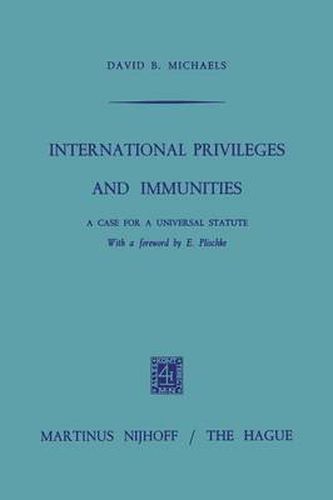Readings Newsletter
Become a Readings Member to make your shopping experience even easier.
Sign in or sign up for free!
You’re not far away from qualifying for FREE standard shipping within Australia
You’ve qualified for FREE standard shipping within Australia
The cart is loading…






This title is printed to order. This book may have been self-published. If so, we cannot guarantee the quality of the content. In the main most books will have gone through the editing process however some may not. We therefore suggest that you be aware of this before ordering this book. If in doubt check either the author or publisher’s details as we are unable to accept any returns unless they are faulty. Please contact us if you have any questions.
Since World War I scholars and practitioners alike have addressed themselves to defining and assessing the new diplomacy, which the British diplomatist Harold Nicolson has branded the American method. He distinguishes contemporary practice from earlier forms of diplomacy which, in The Evolution of Diplomatic Method (1954), on the basis of historical orientation, he designates the Greek, Roman, Italian, and French systems of diplo macy, in this order. Intensified multilaterial, as differentiated from bilateral, diplomacy - or what Lord Maurice Hankey treats as Diplomacy by Con ference (1946) - has become one of the principal qualities characterizing twentieth century diplomatic usage. Conference diplomacy, in turn, consists of both ad hoc and regularized components. The latter, sometimes designated parliamentary diplomacy, is essentially a form of institutionalized conferencing permeating the func tioning of permanent mechanisms called international organizations. Within them member states pursue national and collective interests and espouse national policies, confer and negotiate respecting mutual problems, engage in forensic and often public exposition, and reduce decision making, but usually only ostensibly, to a formalized voting process.
$9.00 standard shipping within Australia
FREE standard shipping within Australia for orders over $100.00
Express & International shipping calculated at checkout
This title is printed to order. This book may have been self-published. If so, we cannot guarantee the quality of the content. In the main most books will have gone through the editing process however some may not. We therefore suggest that you be aware of this before ordering this book. If in doubt check either the author or publisher’s details as we are unable to accept any returns unless they are faulty. Please contact us if you have any questions.
Since World War I scholars and practitioners alike have addressed themselves to defining and assessing the new diplomacy, which the British diplomatist Harold Nicolson has branded the American method. He distinguishes contemporary practice from earlier forms of diplomacy which, in The Evolution of Diplomatic Method (1954), on the basis of historical orientation, he designates the Greek, Roman, Italian, and French systems of diplo macy, in this order. Intensified multilaterial, as differentiated from bilateral, diplomacy - or what Lord Maurice Hankey treats as Diplomacy by Con ference (1946) - has become one of the principal qualities characterizing twentieth century diplomatic usage. Conference diplomacy, in turn, consists of both ad hoc and regularized components. The latter, sometimes designated parliamentary diplomacy, is essentially a form of institutionalized conferencing permeating the func tioning of permanent mechanisms called international organizations. Within them member states pursue national and collective interests and espouse national policies, confer and negotiate respecting mutual problems, engage in forensic and often public exposition, and reduce decision making, but usually only ostensibly, to a formalized voting process.